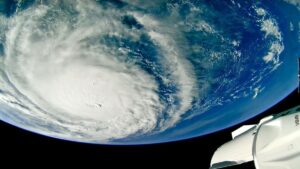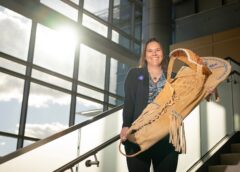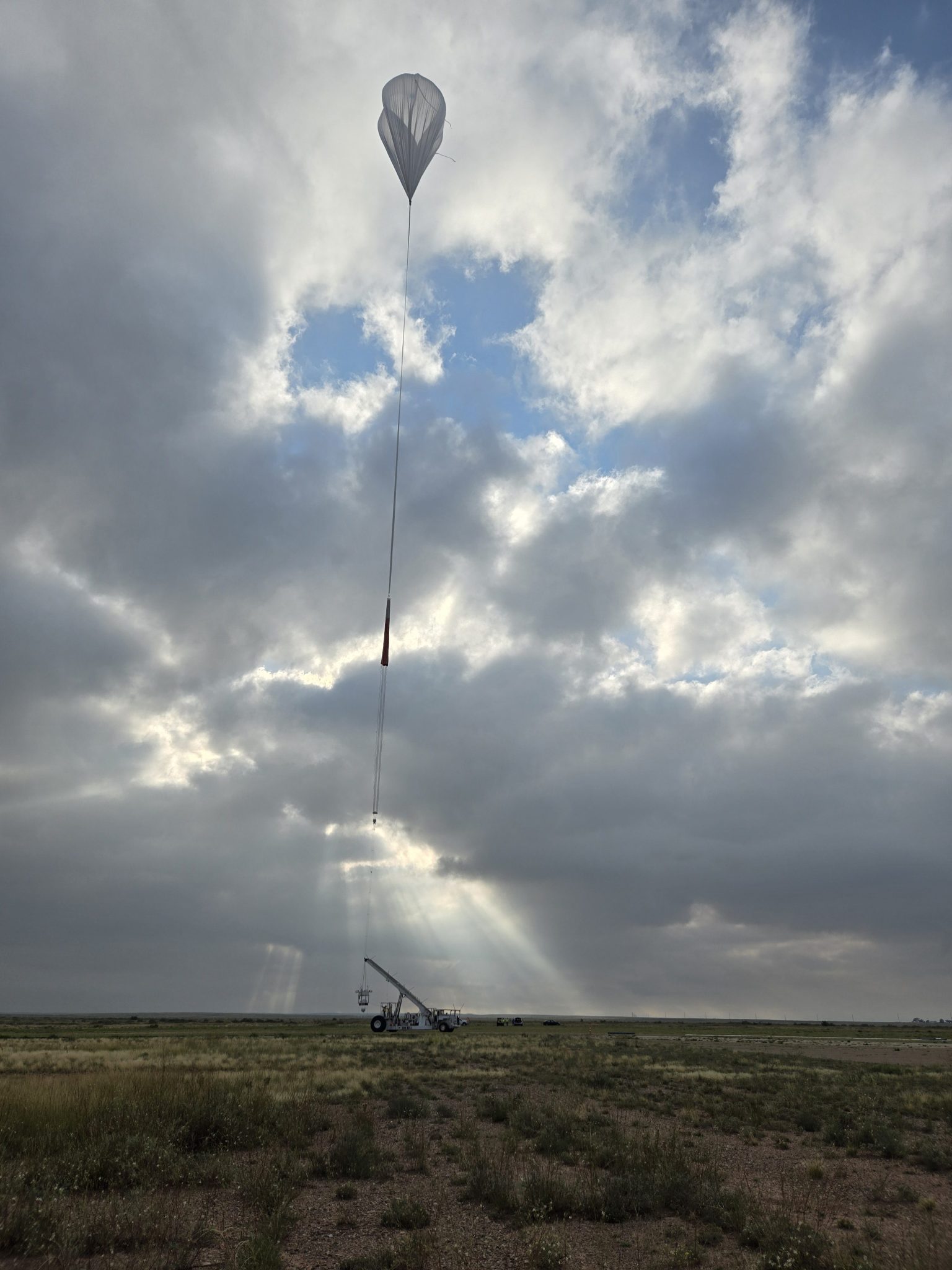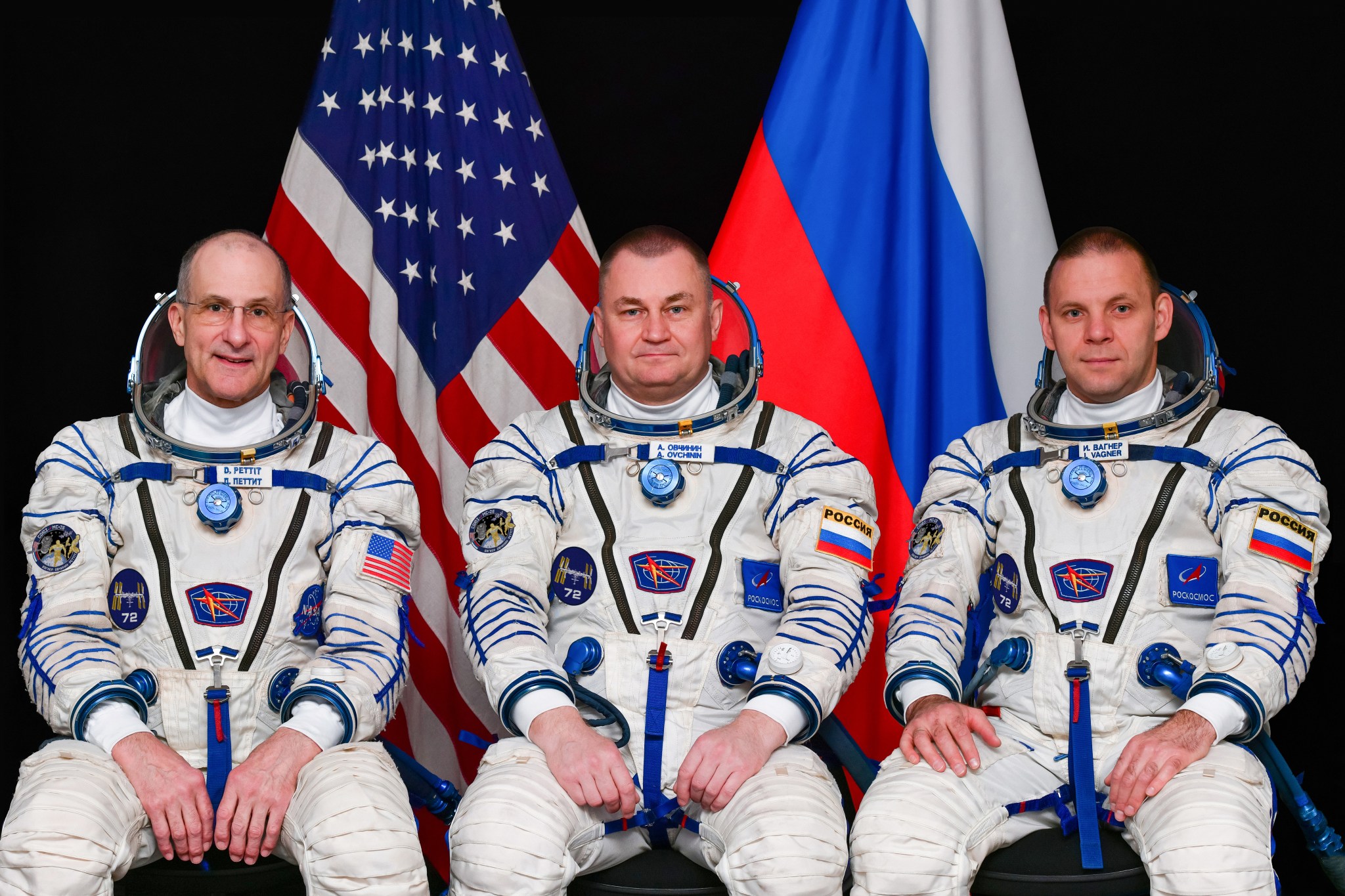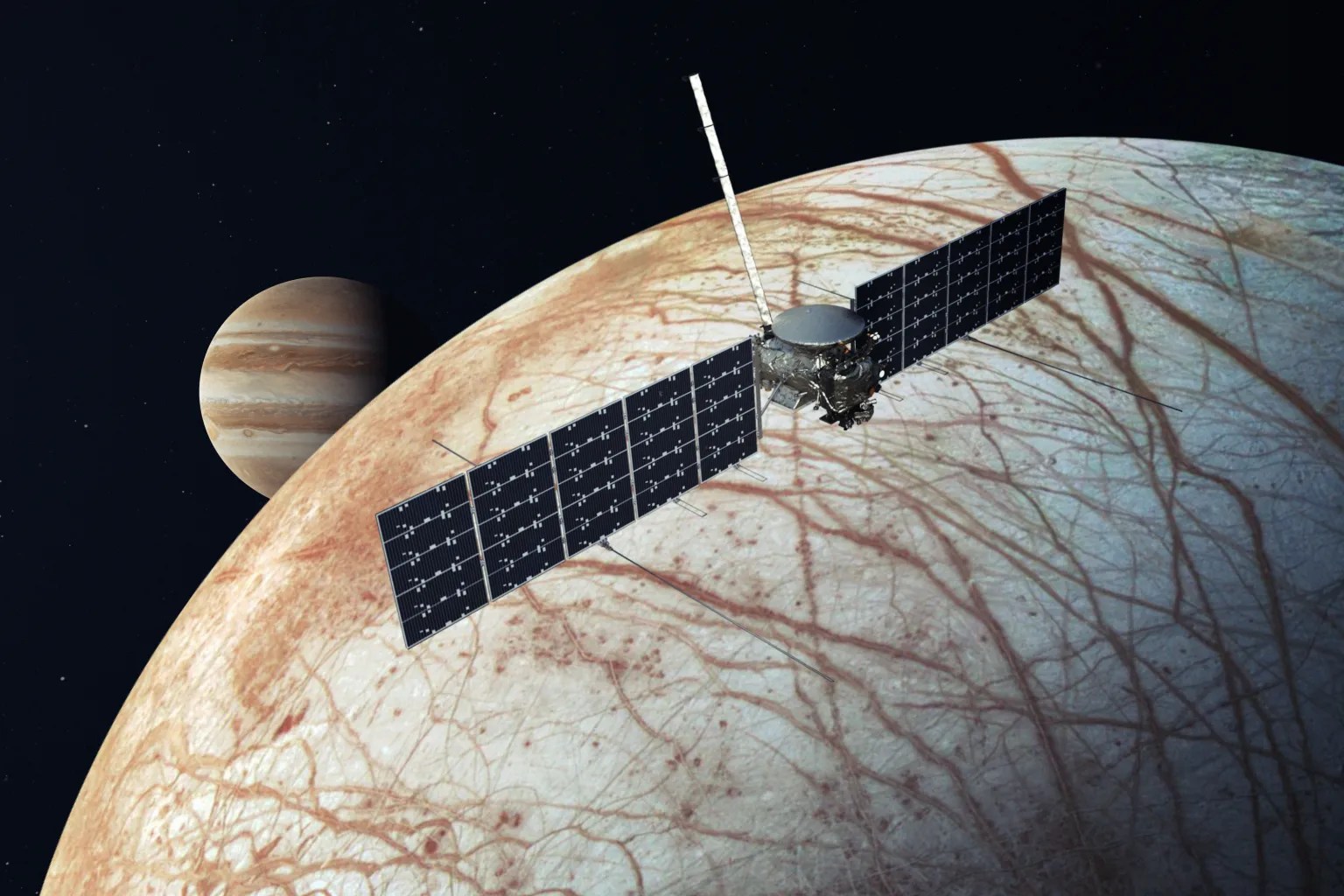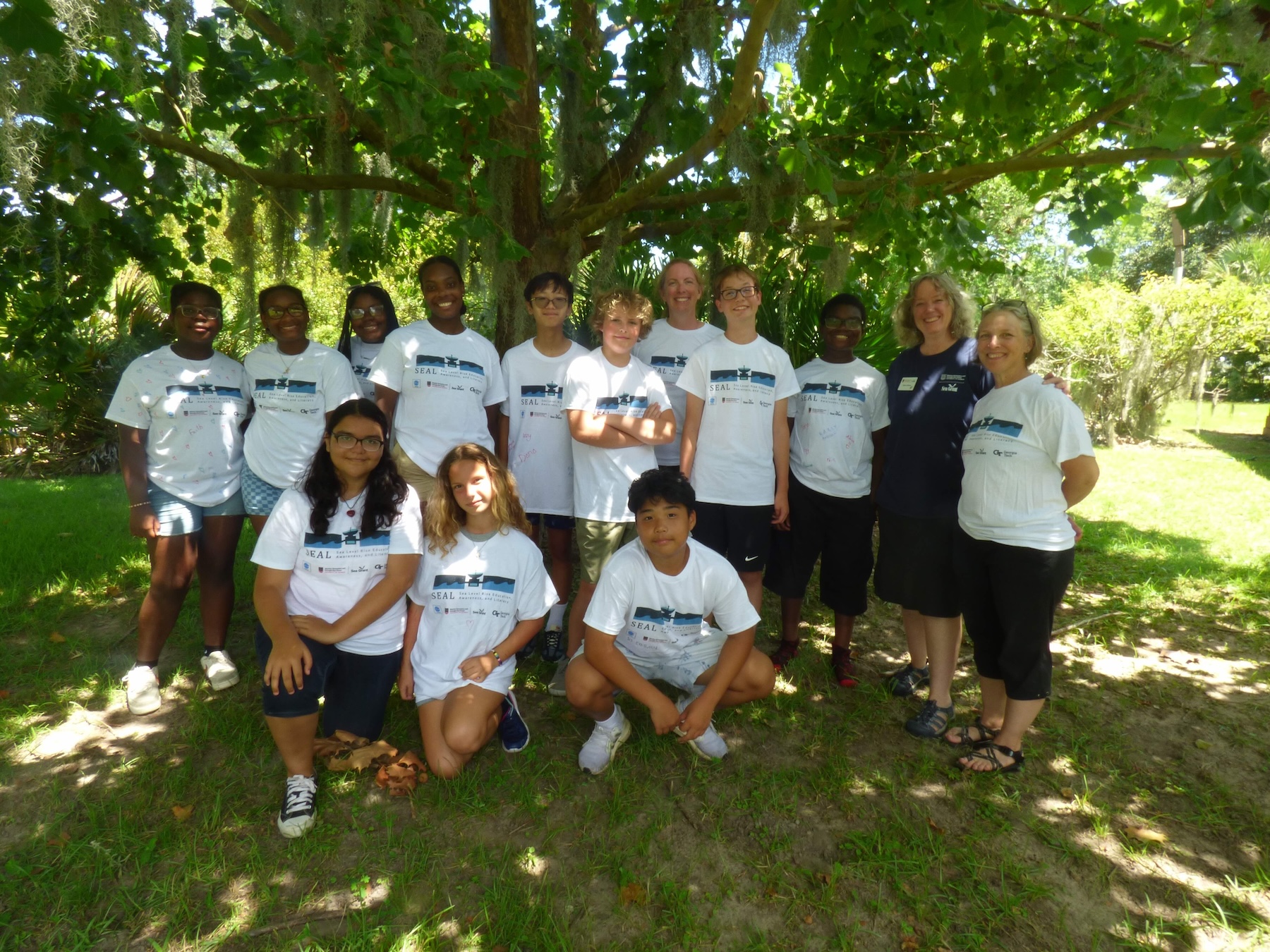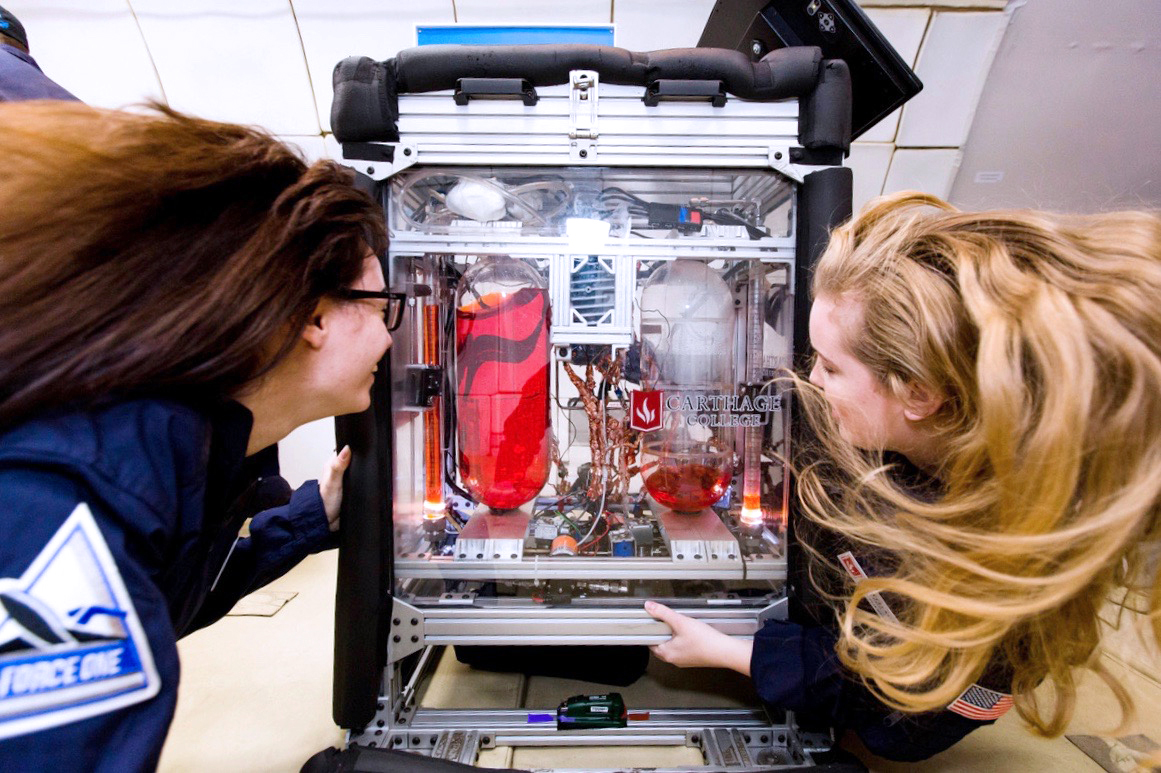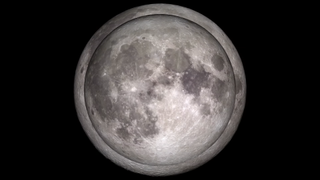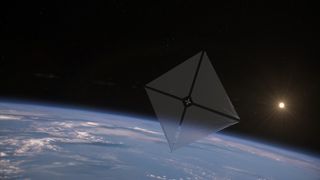NASA research mathematician Katherine Johnson is photographed at her desk at NASA Langley Research Center with a globe, or “Celestial Training Device,” in 1962. Credit: NASA / Langley Research Center NASA Administrator Bill Nelson will represent the agency during a Congressional Gold Medal ceremony at 3 p.m. EDT Wednesday, Sept. 18, recognizing the women who contributed to the space race, including the NASA mathematicians who helped land the first astronauts on the Moon under the agency’s Apollo Program. Hosted by House Speaker Mike Johnson, the Congressional Gold Medal Ceremony will…
Read MoreNASA Scientific Balloon Takes Flight With Student-Built Payloads
2 min read Preparations for Next Moonwalk Simulations Underway (and Underwater) The HASP 1.0 (High-Altitude Student Platform) scientific balloon mission launched Sept. 4, 2024, during NASA’s fall balloon campaign in Fort Sumner, N.M. NASA/Erin Reed NASA’s Scientific Balloon Program’s fifth balloon mission of the 2024 fall campaign took flight Wednesday, Sept. 4, 2024, from the agency’s Columbia Scientific Balloon Facility in Fort Sumner, New Mexico. The HASP 1.0 (High-Altitude Student Platform) mission remained in flight over 11 hours before it safely touched down. Recovery is underway. HASP is a partnership…
Read MoreNASA Sets Coverage for Crew Launch; Trio to Join Expedition 71
The Roscosmos Soyuz MS-26 spacecraft will launch from the Baikonur Cosmodrome in Kazakhstan to the International Space Station with (pictured left to right) NASA astronaut Don Pettit and Roscosmos cosmonauts Alexey Ovchinin and Ivan Vagner. Credit: Gagarin Cosmonaut Training Center NASA astronaut Don Pettit will launch aboard the Roscosmos Soyuz MS-26 spacecraft, accompanied by cosmonauts Alexey Ovchinin and Ivan Vagner, to the International Space Station where they will join the Expedition 71 crew in advancing scientific research. Pettit, Ovchinin, and Vagner will lift off at 12:23 p.m. EDT Wednesday, Sept.…
Read MoreNASA Invites Media to Discuss Europa Clipper Mission
Artist’s rendering of NASA’s Europa Clipper spacecraft. Credit: NASA/JPL-Caltech NASA will hold a media teleconference at 4 p.m. EDT, Monday, Sept. 9, to provide an update on Europa Clipper, a mission that will study whether Jupiter’s moon Europa could be hospitable to life. The teleconference will occur after a key decision point meeting earlier that day regarding next steps for the mission. Audio of the teleconference will stream live on the agency’s website at: https://www.nasa.gov/live Participants in the teleconference include: Nicola Fox, associate administrator, Science Mission Directorate, NASA Headquarters Laurie…
Read MoreNASA Summer Camp Inspires Future Climate Leaders
Learn Home NASA Summer Camp Inspires… Earth Science Overview Learning Resources Science Activation Teams SME Map Opportunities More Science Stories Science Activation Highlights Citizen Science 2 min read NASA Summer Camp Inspires Future Climate Leaders From July 15-19, 2024, the Coastal Equity and Resilience Hub at the Georgia Institute of Technology collaborated with the University of Georgia (UGA) Marine Extension and Georgia Sea Grant to host a week-long NASA Sea Level Changemakers Summer Camp. The camp introduced 14 rising 7th-8th graders to how coastal areas are changing due to…
Read MoreCubeSats are pictured after being deployed into Earth orbit
Tiny satellites, also known as CubeSats, are pictured after being deployed into Earth orbit from a small satellite orbital deployer on the outside of the International Space Station’s Kibo laboratory module.
Read MoreOSAM-1 Partnership Opportunity: Request for Information
1 min read Preparations for Next Moonwalk Simulations Underway (and Underwater) NASA is exploring potential partnerships for alternate use cases for the On-orbit Servicing, Assembly, and Manufacturing 1 (OSAM-1) flight hardware, test facilities, and experienced personnel. Through a Request for Information for OSAM-1 Partnerships released Sept. 5, 2024, NASA seeks interest from U.S. organizations that will benefit commercial, civil, and national objectives, thereby advancing domestic leadership in In-space Servicing, Assembly, and Manufacturing (ISAM) capabilities. A comprehensive list of OSAM-1 resources and technologies organizations can consider using are outlined in the…
Read MoreA partial lunar eclipse of the Harvest Moon Supermoon is coming. Here’s everything you need to know
The Full Harvest Moon of September 2024 will be a special one. All full moons are impressive sights on their own, but this month’s Full Harvest Moon will be especially noteworthy. In addition to being a slightly larger-than-average “supermoon,” September’s full moon will also experience a partial lunar eclipse when it rises on the evening of Sept. 17. The partial lunar eclipse will be visible from most of North America, all of South America, Europe, all but the easternmost parts of Africa, western portions of Asia and Russia, and parts…
Read MoreWatch eerie 1st teaser for Hulu’s ‘Alien: Earth’ TV series (video)
Alien: Earth | Official Teaser | Sydney Chandler, Alex Lawther, Timothy Olyphant | FX – YouTube Watch On “Alien: Romulus” still has us all shuddering in our shoes, with its infested space station locale and nightmarish nostalgic callbacks to Ridley Scott’s original 1979 film. But that’s not the only xenomorph on the block, as “Fargo” and “Legion” creator Noah Hawley is primed to bring the iconic extraterrestrials to our own Big Blue Marble in “Alien: Earth,” a new ongoing series produced by FX that will be available exclusively on Hulu. …
Read MoreNASA spacecraft captures 1st photo of its giant solar sail while tumbling in space
On April 23, NASA launched a solar sail protype to orbit around our planet — a piece of technology that could very well revolutionize the way we think about spacecraft propulsion. Then, on Aug. 29, the agency confirmed this sail successfully unfurled itself in outer space. Yet, we still didn’t have official photographic evidence of this for some time. Now, as of Sept. 5, we indeed do. NASA has released the first image of the open solar sail, formally called the Advanced Composite Solar Sail System, and stated that the…
Read More


